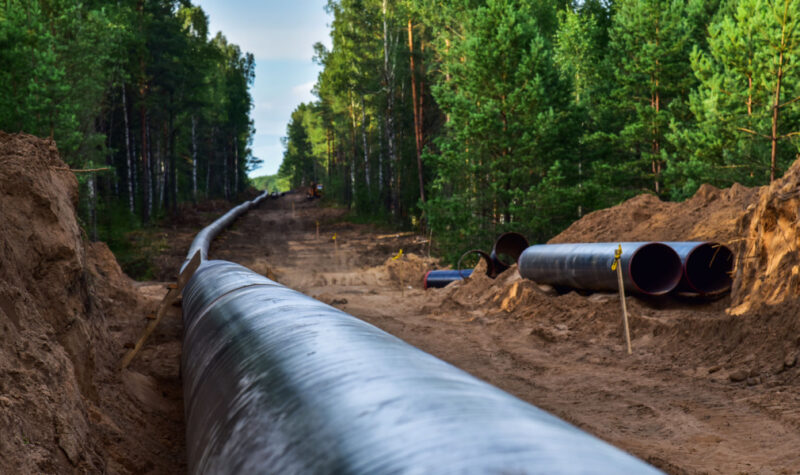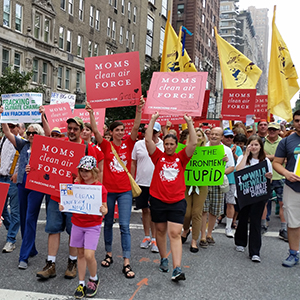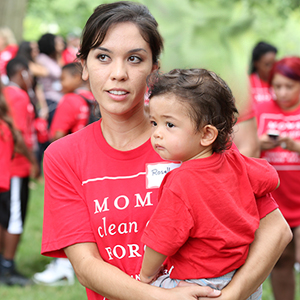
A new rule proposed this month by the US Department of Transportation’s Pipeline and Hazardous Materials Safety Administration (PHMSA) has the potential to cut pollution from pipelines across the US by modernization and improved oversight. This is very good news—once the rule gets finalized.
A little background: Natural gas is transported around the country in a network of about 3 million miles of pipelines. Methane, a potent greenhouse gas, is a main component of natural gas. Methane emissions leaking from these pipelines contribute substantially to climate change.
“The gas pipelines within the US are major sources of methane pollution, which is fueling the climate crisis and putting the health and safety of our families at risk,” said Moms Clean Air Force National Field Director Patrice Tomcik.
“With the expansion of fracked gas operations over the past 15 years, the volume of gas extracted and transported through the vast network of pipelines across the country has significantly increased,” she added, including in her own community.
Increased extraction and transportation of gas means increased methane leaks. The new proposed rule would cover these emissions from pipelines, natural gas underground storage facilities, and liquid natural gas facilities. PHMSA’s proposal is in response to the PIPES Act of 2020, passed in Congress to strengthen pipeline oversight.
The proposed rule would require pipeline operators to use widely available advanced technologies that can find and fix more leaks faster than current survey methods in the three main categories of gas pipelines in the US (gathering, transmission, and distribution), as well as at facilities across the country.
If you’re not up on gas pipeline differences, here’s a primer:
- Gathering lines carry unprocessed gas from well sites to processing facilities.
- Transmission lines are like gas “highways,” transporting processed gas around the country to demand regions.
- Distribution lines are operated by local utilities to deliver gas to customers.
“This proposal is long overdue and is urgently needed to protect communities that are disproportionately impacted by pipeline infrastructure,” Tomcik said. Distribution pipelines, for example, tend to be located at higher densities in neighborhoods with people of color and lower household incomes.
“Once finalized, these standards would improve pipeline oversight and help protect families by reducing climate-destabilizing methane emissions and other types of harmful air pollution,” said Tomcik.
You can help ensure more protective standards for management of methane leaks on natural gas pipelines get finalized quickly to improve community safety and mitigate climate harms.




